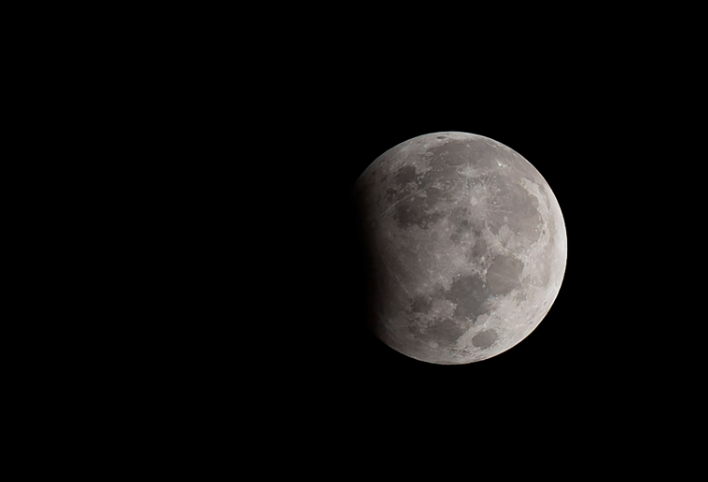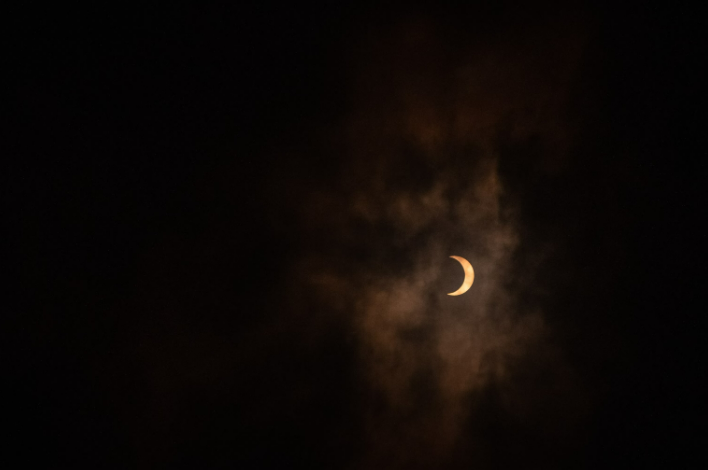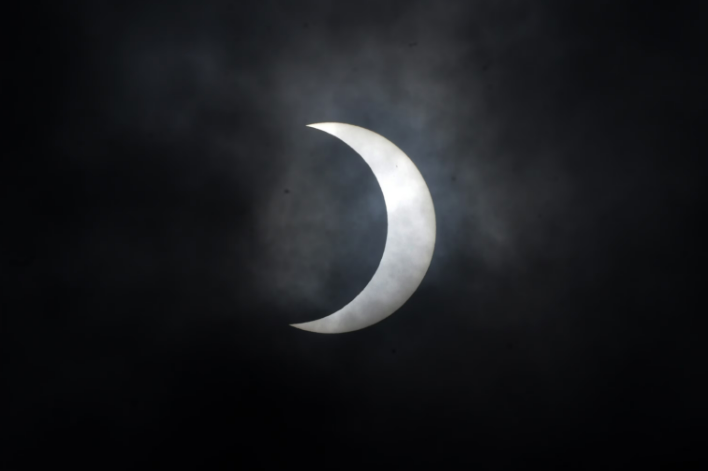When is the next total solar eclipse in the US after April 8, 2024?

Following the April 8, 2024 event, North America will have to wait for decades to witness another total solar eclipse.
The broadcast “Eclipse Across America” will be live on Monday, April 8, starting at 2 p.m. ET on various platforms including ABC, ABC News Live, National Geographic Channel, Nat Geo WILD, Disney+, Hulu, and network social media.
If the experience of totality during the April 8 eclipse leaves you craving more celestial spectacles, you’ll have quite a wait ahead.
“Solar eclipses are like potato chips — once you have one, you crave another,” remarked Fred Espenak, a former astrophysicist at NASA Goddard Space Flight Center and author of “Road Atlas for the Total Solar Eclipse of 2024,” in an interview with ABC News.
Espenak added, “Every eclipse is distinctive and enthralling. I would describe it as the most spectacular natural event visible to the naked eye.”
During Monday’s total solar eclipse, a path of darkness traversed the contiguous United States, casting an eerie twilight and revealing the sun’s corona along with stars in the atmosphere as the moon moved across the sun.
For the 31 million Americans residing within the eclipse’s path of totality, the experience unfolded at their doorstep, while millions of other enthusiasts traveled to the 115-mile-wide path to witness the historic event.
“Many individuals will undoubtedly catch the eclipse bug and join the community of eclipse chasers, who spare no effort to journey across the globe to witness nature’s most dramatic spectacle,” remarked Michael Zeiler, an expert solar eclipse cartographer and founder of Greatamericaneclipse.com, to ABC News.
Next total solar eclipse in the U.S. after 2024

The contiguous U.S. will witness its next total solar eclipse on Aug. 23, 2044. However, this eclipse’s path of totality will only cover three states: Montana, North Dakota, and South Dakota, as per NASA. Additionally, in Canada, British Columbia, Alberta, and Saskatchewan will also experience totality.
Next coast-to-coast total solar eclipse

The following year, on Aug. 12, 2045, a coast-to-coast total solar eclipse will occur, according to NASA. The path of totality will extend across various states, including parts of California, Nevada, Utah, Colorado, New Mexico, Oklahoma, Kansas, Texas, Arkansas, Missouri, Mississippi, Louisiana, Alabama, Florida, and Georgia. Similar to the 2017 eclipse, this event offers many Americans the chance to witness totality within their own states.
Moreover, the 2044 and 2045 eclipses occurring in August increase the likelihood of clear skies, enhancing the viewing experience.
Next total solar eclipse internationally
For those who can’t wait for the U.S. eclipses, another total solar eclipse is scheduled for Europe in 2026. On Aug. 12, 2026, the eclipse will pass over the Arctic Ocean, Greenland, Iceland, Atlantic Ocean, Portugal, and northern Spain, according to the National Solar Observatory. Michael Zeiler remarked, “Witnessing a total solar eclipse is a deeply emotional experience for anyone…And the first question you may ask after the eclipse is: When is the next one? And you may want to go see the very next eclipse in Spain in 2026.”